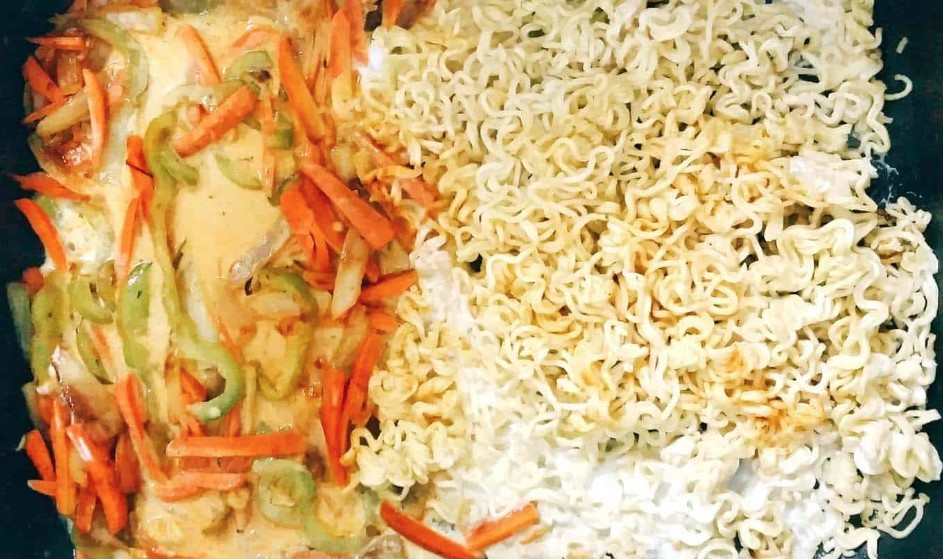Introduction to Kiribati cuisine
Kiribati is an island nation located in the central Pacific Ocean. The country consists of 33 islands that are spread over 3.5 million square kilometers of ocean. The cuisine of Kiribati is heavily influenced by the surrounding waters and the ingredients that are available on the islands. Kiribati cuisine is known for its use of fresh seafood, coconut, and root vegetables.
Staple foods in Kiribati
The staple foods in Kiribati include rice, taro, breadfruit, and sweet potatoes. Taro is a root vegetable that is a staple in many Pacific island cuisines. It is usually boiled or baked and served with coconut cream. Breadfruit is another important staple in Kiribati. It is often roasted, boiled, or fried and served with fish or meat dishes.
Spices commonly used in Kiribati cooking
The spices commonly used in Kiribati cooking include garlic, ginger, and chili peppers. These spices add flavor and heat to many dishes. The use of these spices is influenced by the Chinese and Filipino communities that have lived in Kiribati for many years.
Popular seafood ingredients in Kiribati dishes
Kiribati is surrounded by ocean, and seafood is a major part of the local cuisine. Some of the popular seafood ingredients in Kiribati dishes include tuna, mahi-mahi, and octopus. These ingredients are often cooked in coconut milk, and served with rice or taro.
Fruits and vegetables in Kiribati cuisine
Fruits and vegetables are also an important part of Kiribati cuisine. Pineapples, papayas, and bananas are commonly eaten in Kiribati. Coconuts are used in many dishes, and the coconut cream is a crucial ingredient in many Kiribati recipes.
Unique ingredients in Kiribati traditional food
One unique ingredient in Kiribati traditional food is the pandanus fruit. The fruit is used to make a type of drink called te karewe, which is made by soaking the fruit in water. Another unique ingredient is the sea cucumber, which is considered a delicacy in Kiribati. The sea cucumber is usually boiled or fried and served with coconut cream.

